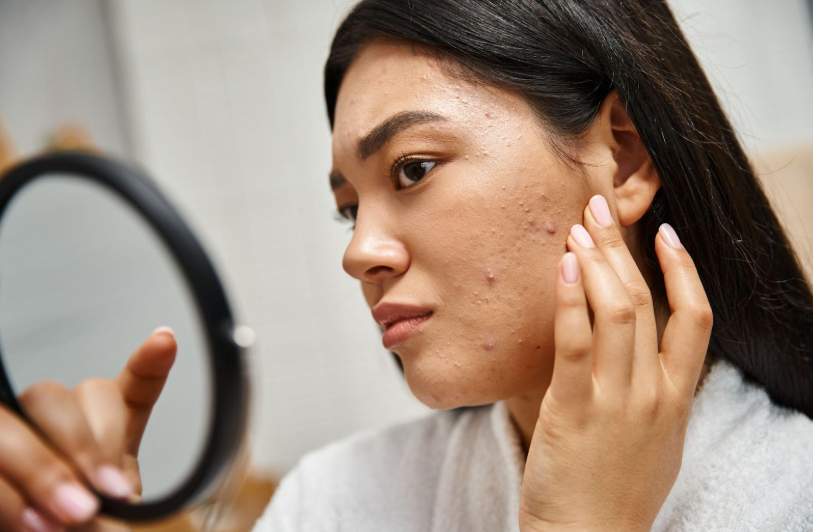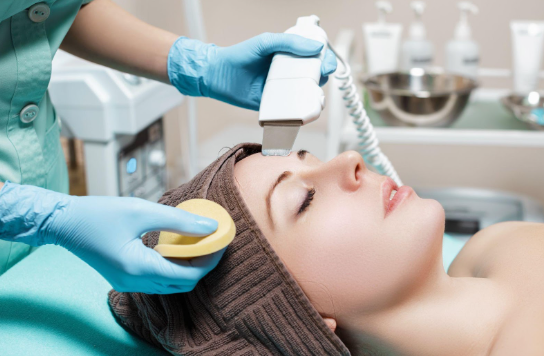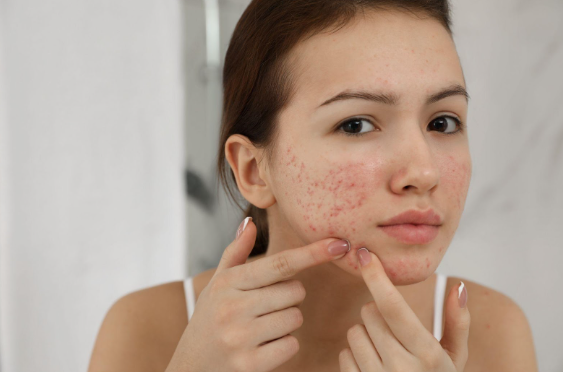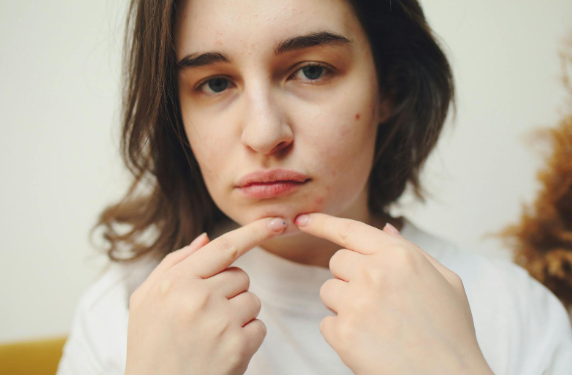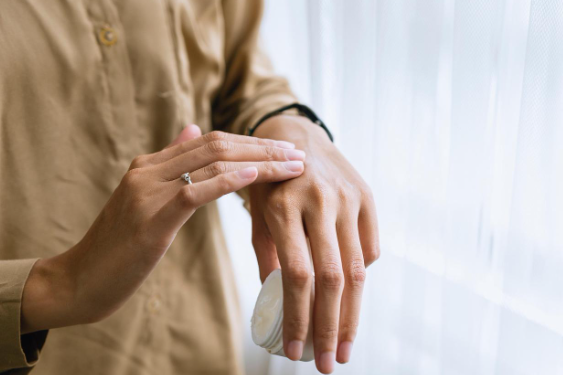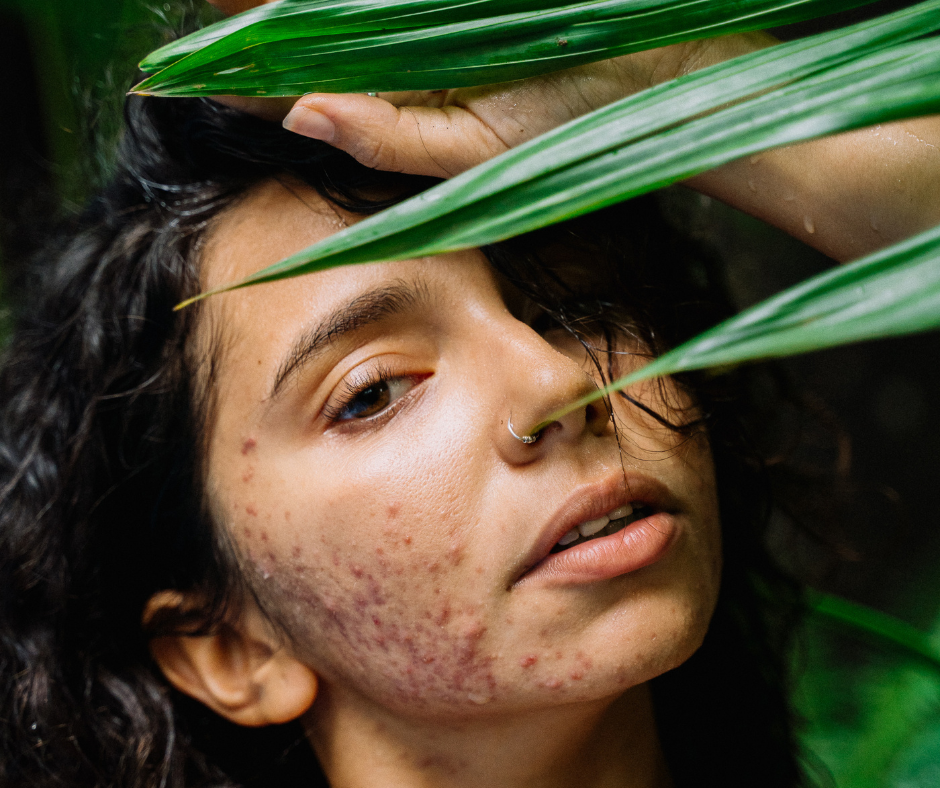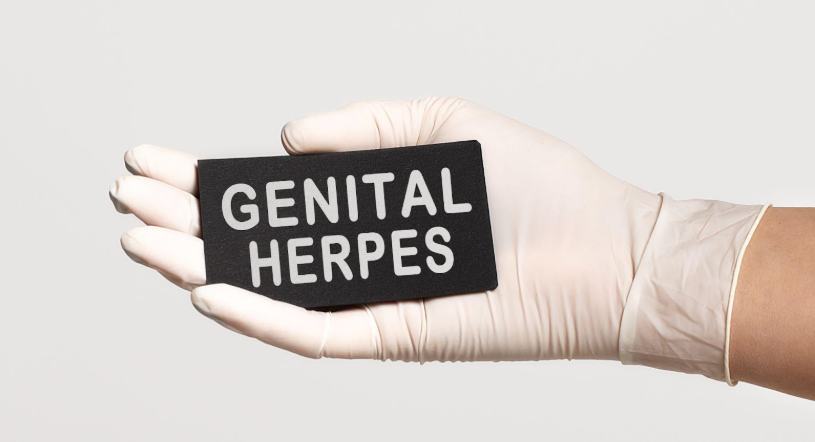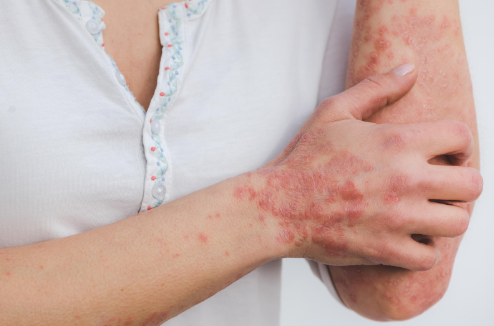Vitiligo occurs when pigment-producing cells (melanocytes) die or stop producing melanin — the pigment that gives your skin, hair and eyes color. The involved patches of skin become lighter or white. We all know that Michael Jackson had vitiligo, but did you know that he was not the only famous person to have had the disease? Joe Rogan, John Hamm, Lee Thomas, and Winnie Harlow also have vitiligo. This skin condition affects individuals of all ethnicities and of all ages. Individuals that have it can become very self-conscious about the affected areas, and may feel discouraged when engaging in social events. While it is unrealistic for everyone with vitiligo to be as comfortable with their condition as the aforementioned celebrities are, we do want to let people with the condition know that treatment options are available at Pine Belt Dermatology that can allow you to feel more comfortable in your own skin. But before we talk about why you should come see us, let’s talk more in depth about the condition.
Vitiligo causes the skin to lose its natural color, which yields patches of skin that are a lighter tone than the rest of the body. This can occur in all areas where pigmented cells are present such as sections of hair, the insides of the mouth, and even an eye can lose some of its color. While we do know that vitiligo is not contagious and not life threatening, the cause of the malfunction of melanocytes is still a mystery. We do know that many people with vitiligo have been known to become overly self-conscious and sometimes even develop depression over the condition. The best way for dermatologists to combat this condition is to educate the population on the disease and treatment options available. In addition to an increased risk of depression and low self-esteem in vitiligo patients, these patients can experience discomfort in the affected areas. The reason for this is that the areas affected have lost pigmentation, which means that these areas can be sunburnt very easily. It is important for individuals with vitiligo to take precautions in protecting their skin.
Most individuals with vitiligo only experience the symptom of losing color on their skin. The affected area lightens or turns completely white, and other than that they experience no additional symptoms. Some people with vitiligo report that the affected areas itch or feel painful. If this is the case we highly recommend coming into see one of our providers in order to assess the condition. Discoloration, itching, and burning are also symptoms of other skin conditions and so we would want to make sure that the skin condition was in fact vitiligo. Individuals with vitiligo may have their condition progress and begin covering larger areas of skin.
Are there different types of vitiligo? Yes, today, most dermatology providers recognize two types of vitiligo:
- Segmental vitiligo:
- This type appears on a single segment of the body (i.e. face, leg, arm).
- Half of people affected lose some hair color, whether on the head, eyebrow, or eye lash.
- This type typically will begin at an early age.
- This type will progress for a year or two and then cease.
- This type is also sometimes referred to as unilateral vitiligo.
- Non-segmental vitiligo:
- This is the most common type of vitiligo that we see.
- It appears on both sides of the body (i.e both hands, both feet, and both knees).
- Will often begin on the hands, fingertips, wrists, feet, or around the eyes or mouth.
- Begins with rapid loss of skin color, which will then stop for a while. The color loss will start back up after a remission period. This start-stop cycle will usually continue throughout an individual’s lifetime.
- Color loss will typically expand, growing more noticeable and covering a larger area.
When you are discussing vitiligo with your provider you may hear them use terms such as “localized”, “generalized”, or “universal” and these are just subtype terms used to describe how much vitiligo is present on the body. Subtype terminology used to describe the amount of vitiligo present is not the same thing as the two types listed above, but it is important to know what they mean in case they are brought up at a doctor’s visit.
- Localized means that there is only one or a few spots or patches that appear, but the said spots are limited to just one area of the body.
- Generalized vitiligo is the most commonly developed subtype of vitiligo, and this subtype causes scattered patches across the body.
- Universal subtypes are extremely rare and this is when all of the pigment is gone.
When it comes to vitiligo, unfortunately, there is no way to predict how much color a patient may end up losing. As we’ve previously mentioned, pigment loss can remain unchanged for years. Additionally, the pigment loss expands differently from patient to patient. Some individuals see patches enlarge while others see new patches appear. Additionally, in rare occasions some patients may see the skin regain its pigmentation without treatment.
If you have vitiligo and you want to treat it you should schedule an appointment with one of our providers here at Pine Belt Dermatology. There are many treatment options that we can use to treat the affected areas. The overall goal of our therapies are to restore the lost skin color. Some patients are fine with the skin they are in, and we encourage that. However, as mentioned above, many people with vitiligo are very uncomfortable and self-conscious about the skin condition and would prefer to have it treated. If this describes you, then some of the treatment options that are available are:
- XTRAC Laser: this is a narrow band UV light that is used to concentrate the light on the affected areas to help the vitiligo reach remission. This therapy is non-invasive and, for most individuals, it is painless. The treatment is covered by many commercial insurances. The only downside to this treatment is that it requires weekly treatments until the affected skin returns its color.
- Use of cosmetics to camouflage: make-up, self-tanners, and skin dyes are all cosmetic products that can help cover up the affected skin so that it blends in more with the natural skin tone. The obvious drawbacks to this therapy are that they must be repeated daily and that can be time consuming. It also will take some practice to get a natural looking result on the affected areas.
- Topical Medicine: there are several medicines that can be applied to the skin to help add color to affected areas. These are typically prescribed for smaller cases of vitiligo. Corticosteroids are the most commonly prescribed topical medicines for vitiligo. With these, roughly half of patients who use them regain pigment within 4-6 months of use. This therapy tends to work best with people who have darker skin pigment. The drawbacks to these topicals are that they are not effective on areas such as the hands and feet, some of them cannot be used on the face, and some of the medicines have serious side effects such as atrophy.
There are additional therapies that can be utilized to help with vitiligo, but because they are cosmetic they are extremely expensive. These therapies that we do not offer but that you may read about are:
- Light Box
- Surgery
- Depigmentation
While this disease is non-life threatening there are many individuals who have it who are not comfortable in the skin they’re in, and we want them to know that if they would like help with managing their vitiligo that Pine Belt Dermatology is available. We have locations in Petal, Hattiesburg, Collins, Columbia, and Ellisville. So no matter where you’re located, we are in a neighborhood near you!

